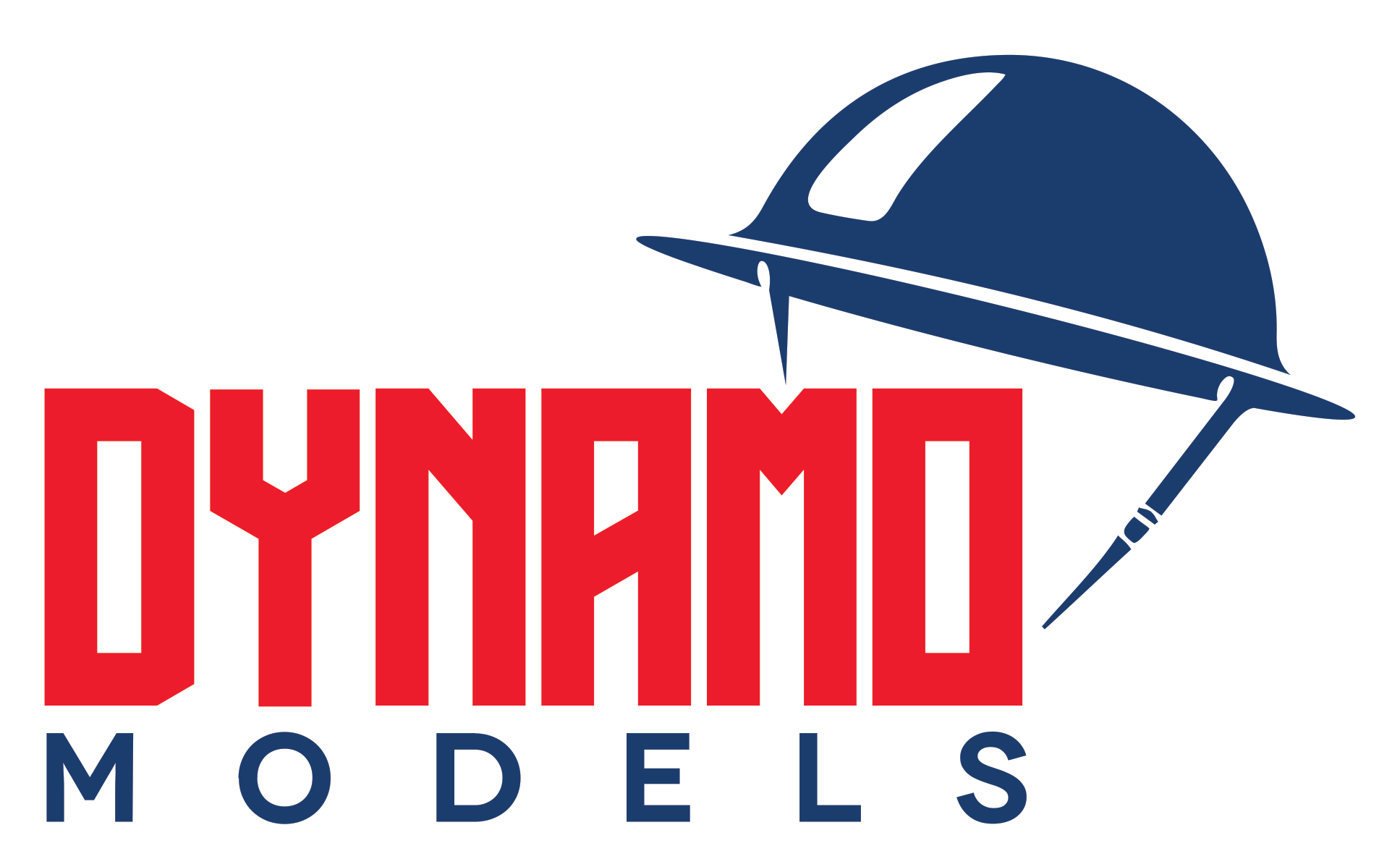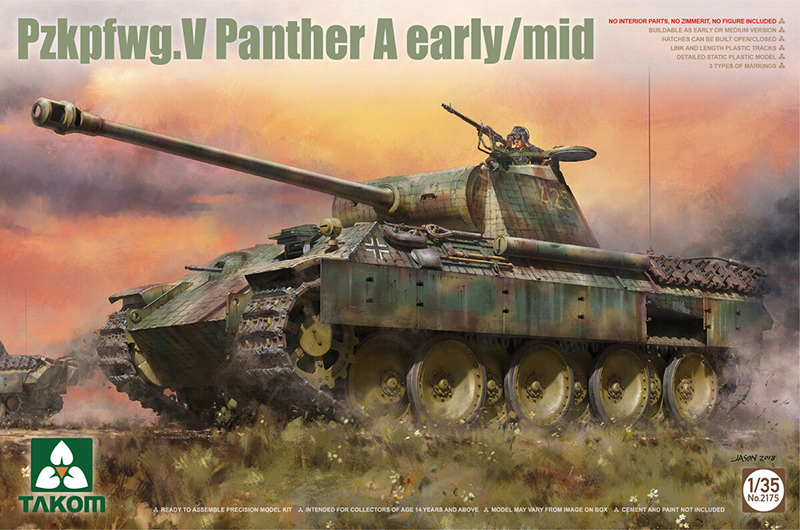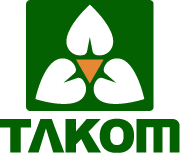Takom 2175 – Sd.Kfz.171 Panther Ausf.A Mid-Early Production
42,50€
– Plastic model kit to build a Sd.Kfz.171 Panther Ausf. A Mid-Early Production 1/35 Takom.
– Scale plastic kit include photo-etch, clear parts and decals.
– Model to be assembled and painted. Glue and paint not supplied.
1 en stock
The Takom 2175 kit represents the Panther Ausf. A Mid/Early Production model in 1/35 scale, capturing this WWII German tank with exceptional precision and detail.
Key Features:
- Highly Detailed Exterior and Interior: The kit includes intricately molded parts for the hull, turret, and the complex internal structures.
- Rotatable Turret and Movable Suspension: Provides options for dynamic posing or diorama setups.
- Individual Track Links: Realistic track assembly with separate links that allow natural articulation, replicating the Panther’s distinctive track sag.
- Photo-Etched Parts: Includes PE components to enhance finer details, especially for engine grilles and small fixtures.
- Multiple Decal Options: Authentic markings are included to represent various units from the mid-early production period, offering flexibility in final appearance.
This model kit is ideal for experienced modelers interested in a historically accurate and detailed build, reflecting Takom’s commitment to high-quality military model kits.
Sd.Kfz. 171 Panther Ausf. A:
The Sd.Kfz. 171 Panther Ausf. A was one of the most formidable German tanks of World War II, embodying advancements in armor, mobility, and firepower. Entering production in mid-1943, the Panther Ausf. A represented an improvement over the earlier Panther Ausf. D, incorporating refinements that made it more suitable for prolonged field operations. While often incorrectly thought to be the first Panther variant, the Ausf. A was actually the second in the Panther series, designed to rectify issues identified in the initial Ausf. D models during early engagements.
Design and Armament
The Panther Ausf. A was powered by a 700-horsepower Maybach HL230 P30 V12 engine, allowing it to reach speeds of up to 46 km/h on roads and around 25 km/h off-road, which made it fast and maneuverable for its size and weight class. The engine was coupled with a semi-automatic ZF AK 7-200 transmission, and despite being prone to overheating, these components allowed the Panther to excel in both speed and cross-country mobility, essential for covering large distances and supporting dynamic front-line operations.
The Panther Ausf. A was equipped with the 7.5 cm KwK 42 L/70 cannon, a high-velocity gun known for its impressive penetration capability, able to defeat the armor of most Allied tanks at range. With a long barrel and excellent ballistic performance, the KwK 42 made the Panther particularly dangerous at longer engagement distances, providing German tank crews with a significant tactical advantage. The tank was also armed with two 7.92 mm MG 34 machine guns for infantry defense, one mounted coaxially with the main gun and another in the hull.
Armor and Survivability
The Panther Ausf. A featured sloped frontal armor of 80 mm, designed to deflect incoming rounds and enhance protection against enemy anti-tank weapons. The hull and turret front were reinforced to increase durability, though the sides and rear remained relatively vulnerable, emphasizing the Panther’s need to engage enemies from the front whenever possible. One improvement over the Ausf. D was the addition of a ball-mounted hull machine gun and improved vision optics for the commander, enhancing situational awareness and operational flexibility in combat.
Operational Role and Performance
The Panther Ausf. A was deployed primarily as a main battle tank, designed to counter the Soviet T-34 and KV-1 tanks on the Eastern Front. It also saw service in the Italian and Western fronts, where it became a critical component of German armored divisions. Despite mechanical issues and complex maintenance requirements, the Panther Ausf. A earned a reputation as one of the most effective tanks of the war, balancing firepower, protection, and mobility.
Legacy
The Panther Ausf. A’s innovative design, especially its powerful gun and sloped armor, influenced postwar tank development. Its effectiveness and challenges underscored the value of armor design and mobility, setting standards for the next generation of armored vehicles and cementing its place as one of WWII’s most iconic tanks.


